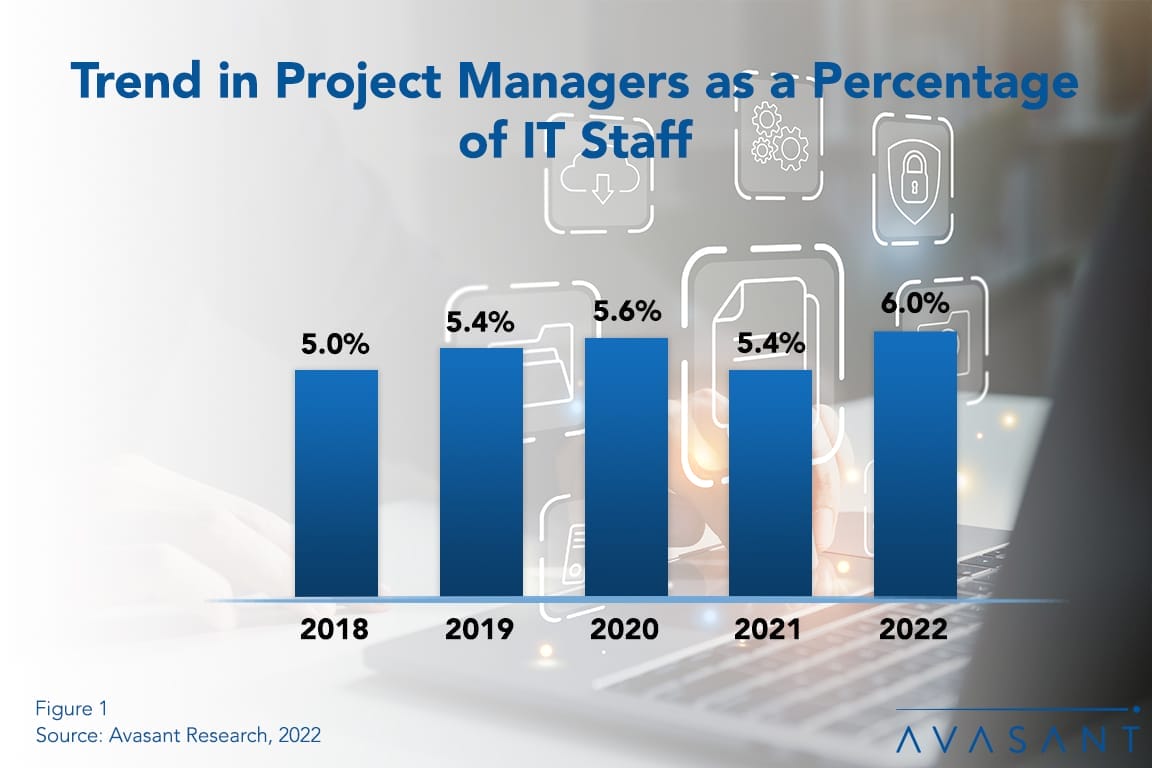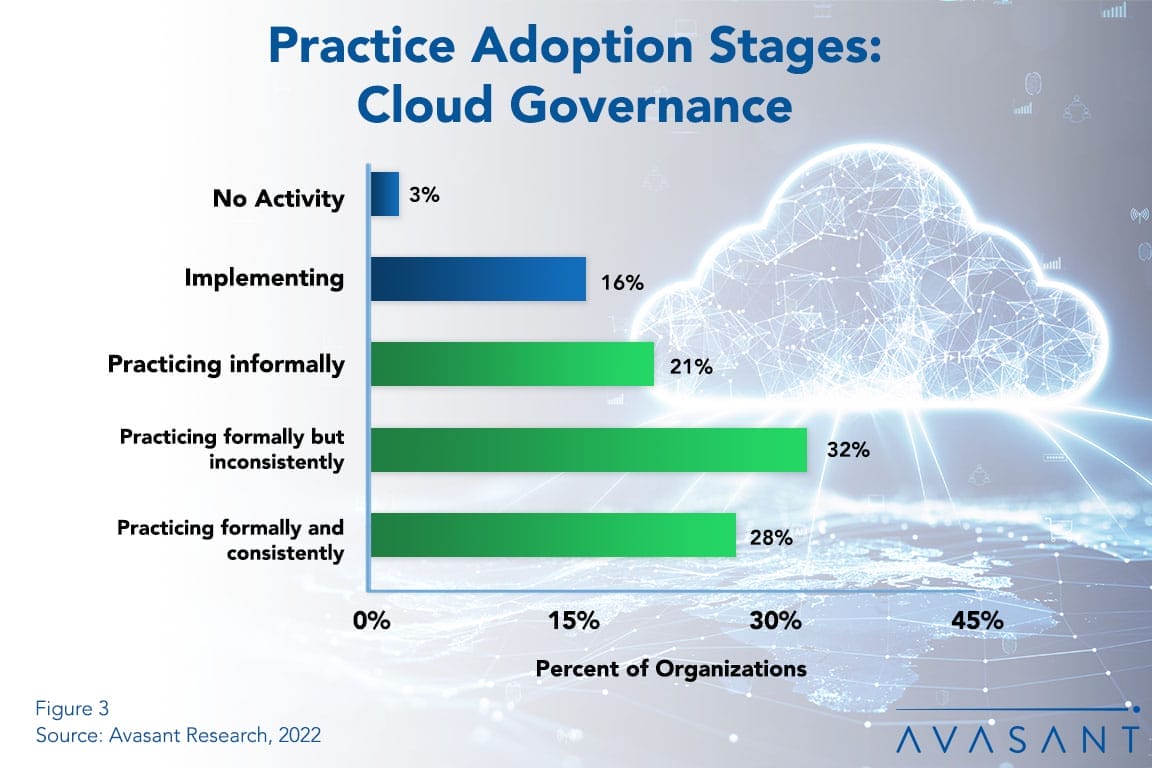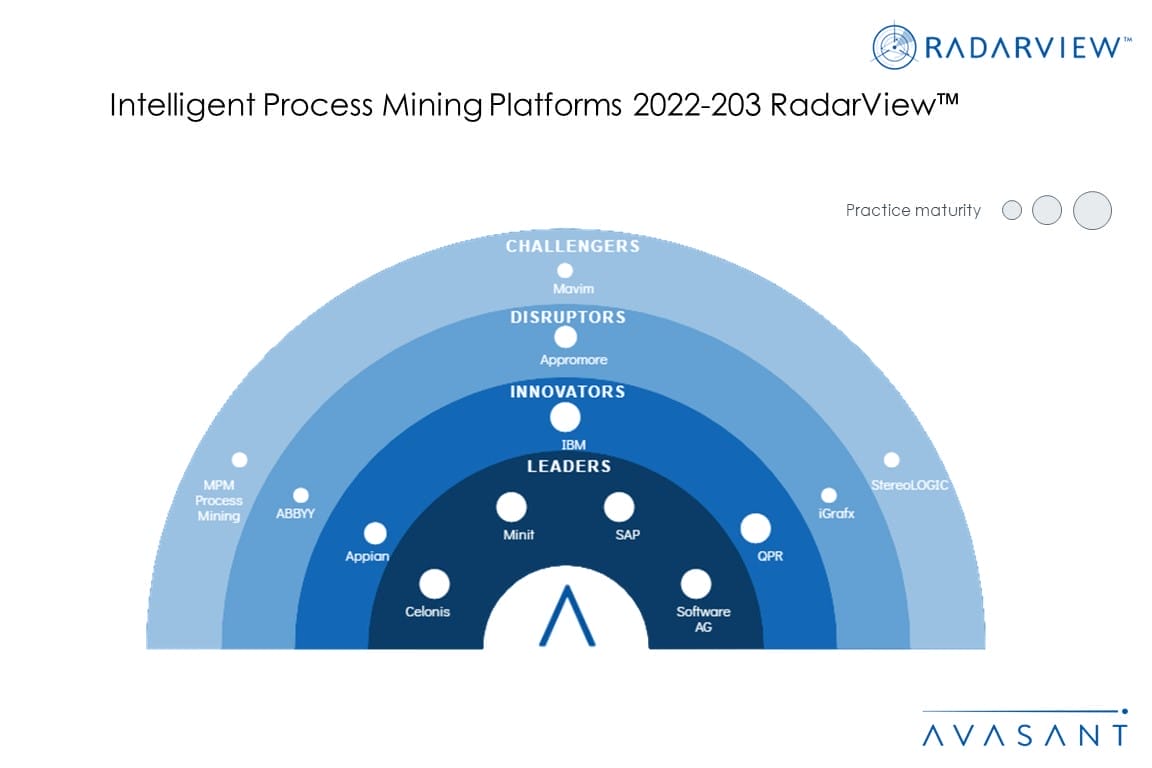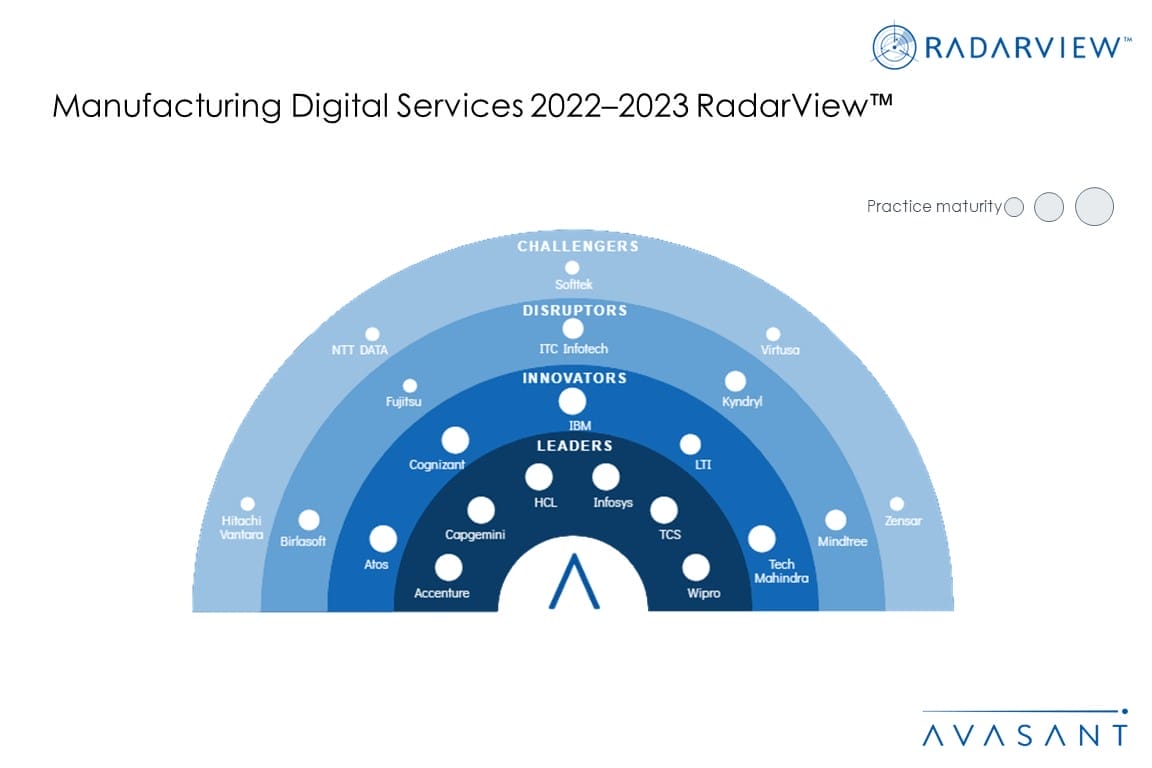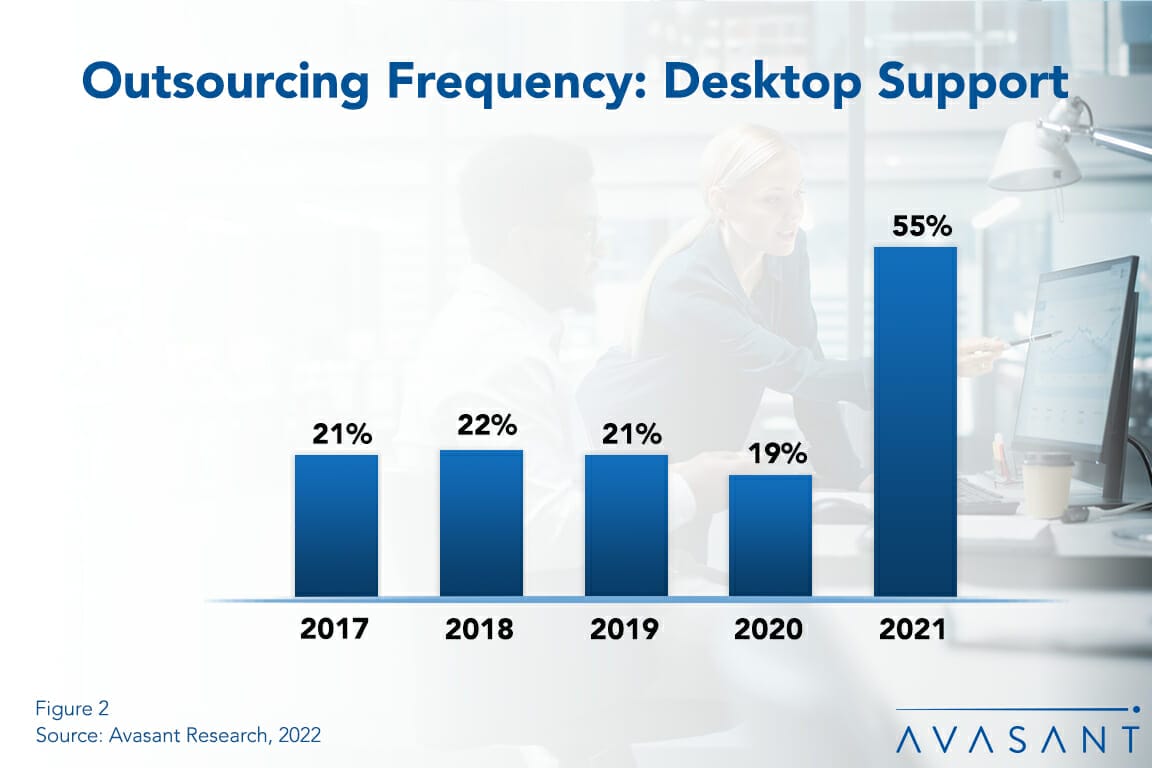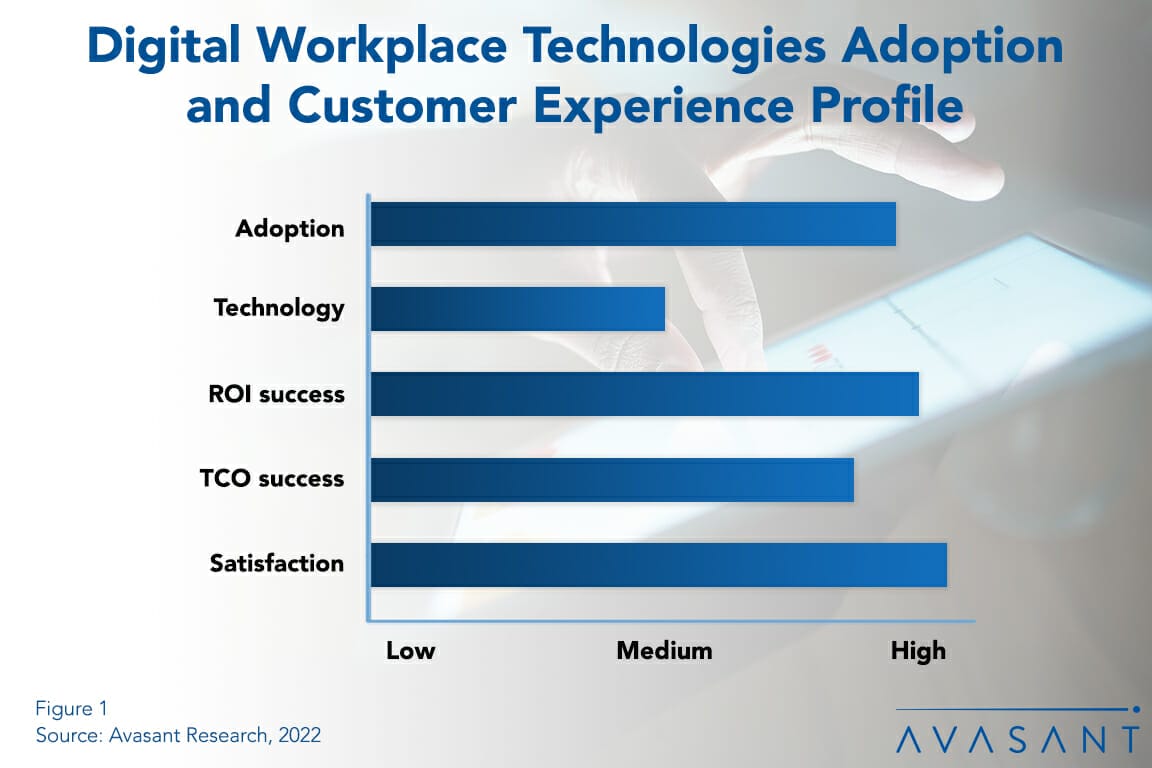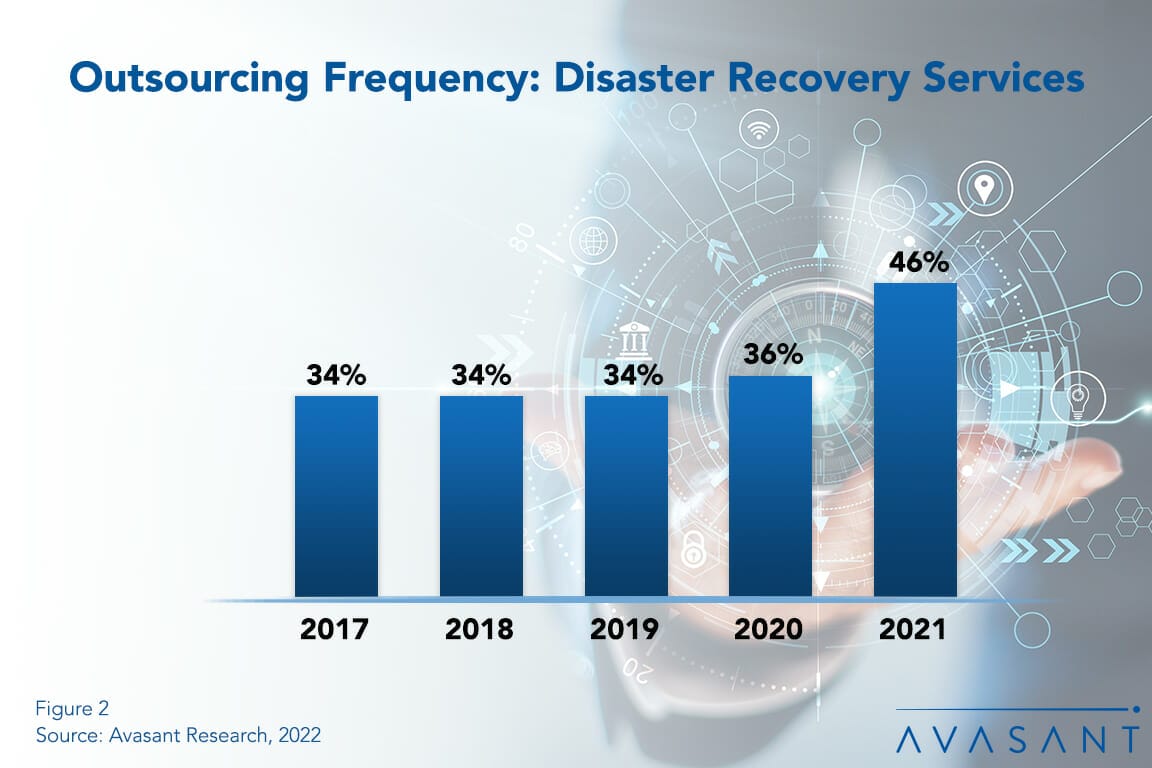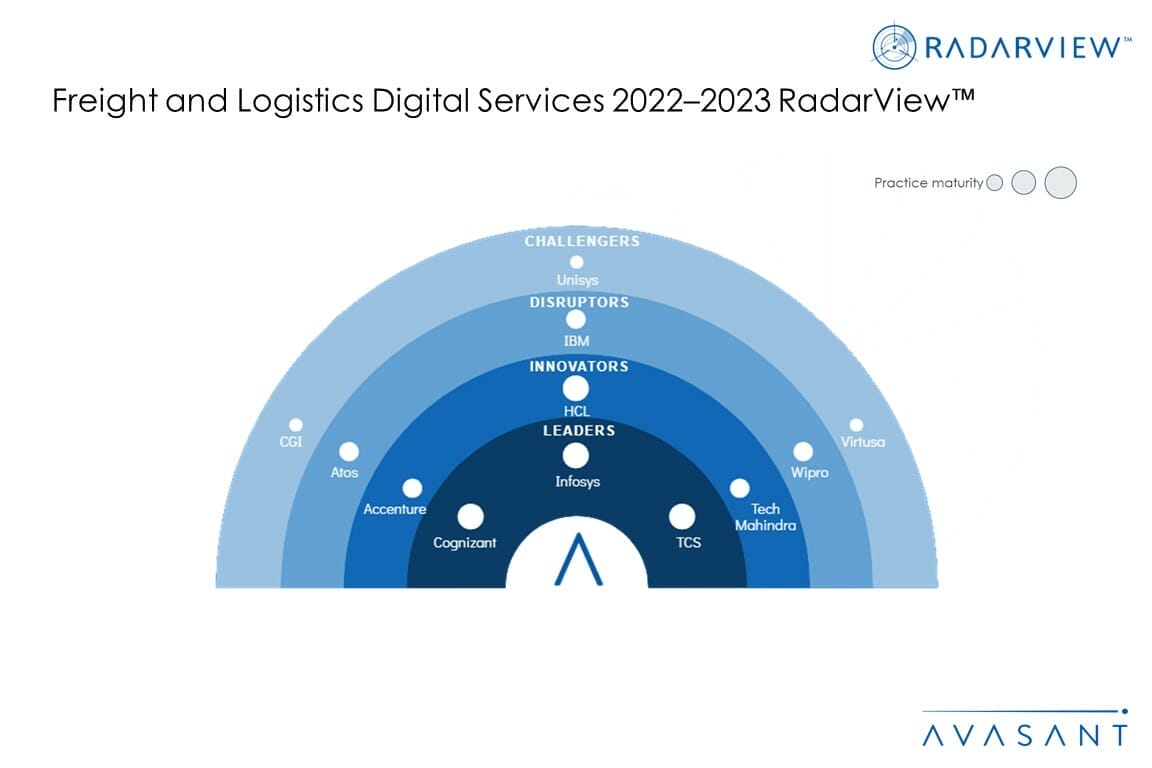Latest Reports
-
![Remote Work Presents New Challenges for Project Management Staffing IT Staffing RB Project Manager - Remote Work Presents New Challenges for Project Management Staffing]()
Remote Work Presents New Challenges for Project Management Staffing
The role of the IT project manager is critical in this dynamic, changing IT environment. The rise in the remote/hybrid work model puts project managers in the middle of recreating business and project management processes to reflect a more dispersed workforce. This Research Byte provides a summary of our full report on IT project management staffing ratios.
December, 2022
-
![Cloud Growth Requires Cloud Governance Practice Adopotion Stages Cloud Governanced - Cloud Growth Requires Cloud Governance]()
Cloud Growth Requires Cloud Governance
With the continued migration to the cloud, governance becomes even more critical. Cloud governance provides a complete overview of an organization’s cloud resources and how they should be managed. Therefore, it is not surprising that many organizations see the vital role cloud governance plays in their daily operations, and practice rates are high compared to most best practices in our annual best practices study. This Research Byte summarizes our full report on Cloud Governance Best Practices.
November, 2022
-
![Intelligent Process Mining: Delivering Complex Business Intelligence and Process Transparency MoneyShot Intelligent Process Mining Platforms 2022 2023 RadarView - Intelligent Process Mining: Delivering Complex Business Intelligence and Process Transparency]()
Intelligent Process Mining: Delivering Complex Business Intelligence and Process Transparency
An increase in enterprise demand for hyperautomation has boosted the demand for process mining tools. With advancements in technology such as RPA, low-code/no-code, and artificial intelligence, the role of process mining has elevated from process standardization or automation to digital transformation. Platform features such as data integration with IoT devices and digital twin development enhance process understanding and data visualization. To tap market opportunities, software-as-service (SaaS) providers are embedding process mining in business applications by developing in-house capabilities and acquiring or partnering with vendors in the space. These emerging trends are covered in Avasant’s Intelligent Process Mining Platforms 2022–2023 RadarView™.
November, 2022
-
![Transforming Manufacturing Operations Through Digitization MoneyShot MDS 2022 2023 Updated - Transforming Manufacturing Operations Through Digitization]()
Transforming Manufacturing Operations Through Digitization
Manufacturers are under pressure to meet growing customer expectations despite increased production costs, a shortage of skilled workers, and the need to make new investments for Industry 4.0. To alleviate this pressure, they are investing in digital technologies to cut costs, shorten development cycles, reduce human dependency, mitigate risks from supply chain disruptions, and move toward sustainability. They are also working to diversify their business models and increase profitability. As this requires a strong integration of domain and technological expertise, manufacturers are collaborating with service providers for digital transformation. These emerging trends are covered in Avasant’s Manufacturing Digital Services 2022–2023 RadarView™.
November, 2022
-
![Low-Code, No Code, No Devs? Trend in Applications - Low-Code, No Code, No Devs?]()
Low-Code, No Code, No Devs?
The process of developing and maintaining enterprise applications is changing. Agile methodologies and DevOps are contributing factors to the decline in application developer staffing ratios. Low-code/no-code, rapid application development approaches that aim to reduce coding and application development times further reduce the need for developers. Developers still make up the largest portion of most IT organizations, and they are quite expensive. Therefore, IT leaders should assess their developer needs in order to optimize their personnel budgets. This research byte summarizes our full report, Application Developer Staffing Ratios.
November, 2022
-
![Property and Casualty Digital Services: Raising the Bar in Customer Experience MoneyShot Property and Casualty Insurance Digital Services 2022–2023 - Property and Casualty Digital Services: Raising the Bar in Customer Experience]()
Property and Casualty Digital Services: Raising the Bar in Customer Experience
Property and casualty (P&C) insurers are working to meet growing customer expectations amid the increasing cost of claims, intense competition from new entrants, and a changing regulatory environment. They are leveraging digital technologies to settle claims faster, improve underwriting, and detect fraud. Leading service providers support these efforts by providing insurance domain knowledge and technological expertise. These emerging trends are covered in Avasant’s Property and Casualty Insurance Digital Services 2022–2023 RadarView™.
October, 2022
-
![Desktop Support Outsourcing Gains Popularity Desktop - Desktop Support Outsourcing Gains Popularity]()
Desktop Support Outsourcing Gains Popularity
The question of whether to turn over the desktop support function to a service provider is a critical and surprisingly complicated one. Our research shows that there is a strong cost advantage to outsourcing desktop support tasks, but many organizations have reported negative service experiences. This research byte summarizes our full report on desktop support outsourcing.
October, 2022
-
![No Retreat from the Digital Workplace Digital Workplace Technologies - No Retreat from the Digital Workplace]()
No Retreat from the Digital Workplace
Over the past two years, pandemic lockdowns led to a huge boost in the adoption of digital workplace technologies to enable remote work. But even though workers are returning to offices, organizations are not returning to old ways of working. The digital workplace is here to stay. This Research Byte summarizes our full report, Digital Workplace Technologies Adoption Trends and Customer Experience.
October, 2022
-
![Oracle Charging Ahead with Cerner Integration but Big Hill to Climb RB Featured Image for website - Oracle Charging Ahead with Cerner Integration but Big Hill to Climb]()
Oracle Charging Ahead with Cerner Integration but Big Hill to Climb
It’s been almost a year since Oracle announced its costly acquisition of Cerner, a giant provider of digital systems to healthcare companies. But it’s been a difficult year with more challenges ahead. The $28.4 billion acquisition closed in June. It’s the largest in Oracle’s history, nearly three times the size of its PeopleSoft acquisition in 2005. Oracle’s mission is to rewrite the Oracle Cerner electronic health record (EHR) system, add capabilities, and give it a modern, cloud-based foundation.
October, 2022
-
![Organizations Increasingly Looking for Outside Help with Disaster Recovery DR IT Outsourcing - Organizations Increasingly Looking for Outside Help with Disaster Recovery]()
Organizations Increasingly Looking for Outside Help with Disaster Recovery
If there were ever any questions about the need for disaster recovery planning, those doubts were dispelled over the past few years. A worldwide pandemic, power outages, wars, and cyberattacks exposed those organizations that were not fully prepared to respond to those disruptions. But what if the IT organization does not have the resources or the capability to do it all in-house? This is why many organizations are turning to disaster recovery outsourcing providers to step into the gap. This Research Byte analyzes the five-year trend in DR outsourcing.
September, 2022
-
![Driving digital transformation with IT and OT convergence Cover Image - Driving digital transformation with IT and OT convergence]()
Driving digital transformation with IT and OT convergence
Manufacturers are under constant pressure to increase automation, lower costs, and leverage smart manufacturing. But, in doing so, they face multiple challenges. These include scaling their digitalization initiatives, bridging data silos, and future-proofing systems. These goals require greater integration of data between what is commonly known as information technology (IT) and operational technology (OT). This research byte outlines what manufacturers should do to integrate IT and OT to reap the full benefits of digital transformation. We also highlight one services firm, Hitachi Vantara, as an example of a service provider addressing this emerging need through its set of products and services for IT and OT convergence.
September, 2022
-
![Freight and Logistics Digital Services: Adjusting Operating Models to Align to Accelerated Demand MoneyShot Freight and Logistics Digital Services 2022–2023 - Freight and Logistics Digital Services: Adjusting Operating Models to Align to Accelerated Demand]()
Freight and Logistics Digital Services: Adjusting Operating Models to Align to Accelerated Demand
The pandemic and the ensuing e-commerce boom increased demand for freight and logistics (F&L) services, putting pressure on F&L providers to offer more services. There is an increasing demand for faster delivery times at lower costs. In response, the sector is accelerating digitalization initiatives to balance these increasing customer expectations while managing operational costs. These emerging trends are covered in Avasant’s Freight and Logistics Digital Services 2022–2023 RadarView™.
September, 2022








